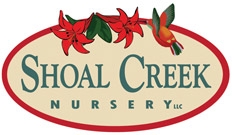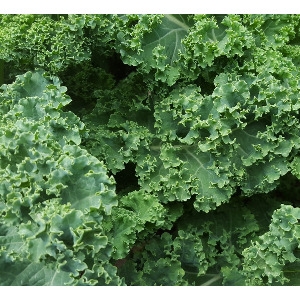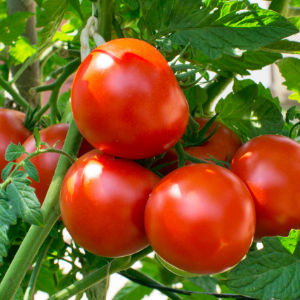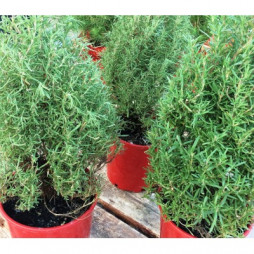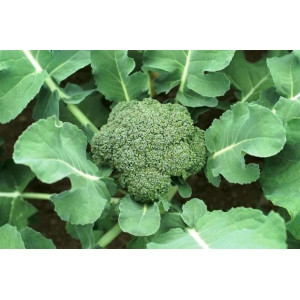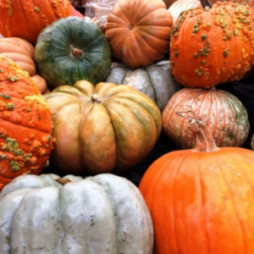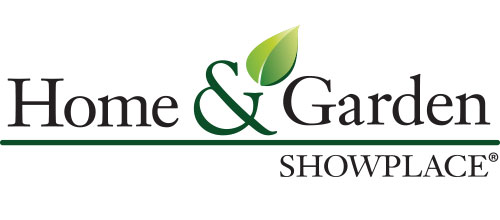Product Catalog
Description
Considered the king of greens, kale is a hardy, cool-season green that is part of the cabbage family. Packed with nutrients, it is considered one of the worlds healthiest foods. It grows best in the spring and fall and can tolerate fall frosts. Kale requires regular watering but be sure not to overwater them. Mulch the soil heavily after the first hard freeze as the plants may continue to produce leaves throughout the winter.
Rates
Please contact us for current pricing and availability.
Description
Lettuce is a fairly hardy, cool-weather vegetable that thrives when the average daily temperature is between 60 and 70°F. It should be planted in early spring or late summer/early fall. Because lettuce has shallow roots, it should be hoed or cultivated carefully. Frequent light watering causes the leaves to develop rapidly, resulting in high-quality lettuce. Overwatering, especially in heavy soils, can lead to disease, soft growth and scalding or burning of the leaf margins. Organic mulches can help moderate soil temperature and the microenvironment to produce quality lettuce in less than ideal weather conditions. Growing lettuce in your garden will give you first hand opportunity to taste fresh flavorful leaves which need little or no dressing and provide wonderful flavor and crunch. Lettuce leaves should be free of wilt, rot and rust. Harvest crisp green leaves. Wrap fresh, unwashed leaves in plastic wrap and store in the refrigerator for a few days if necessary. Cooler temperature will keep lettuce fresh longer.
Rates
Please contact us for current pricing and availability.
Description
There is almost nothing to compare with a garden fresh tomato on your dinner plate. To get started, tomatoes run on warmth so plant in mid to late March or early April at the latest. Devote a prime, sunny spot to growing tomatoes and they need at least 6 to 8 hours of sun to bring out their best flavors. To keep them off the ground, tomato plants will need to be staked or have the support of a trellis or cage. Decide on a support plan before you set out your plants, then add that support directly after planting.
Provide each plant enough room to grow. Space robust, long-vined, indeterminate varieties about 3 feet apart. Stockier determinate plants can be grown 2 feet apart. If growing in containers, you’ll need at least a 24-inch pot for an indeterminate variety, or an 18-inch pot for a determinate variety. To grow a really strong tomato plant, it is recommended to bury two-thirds of the stem when planting. This crucial step will allow the plant to sprout roots along the buried stem, so your plant will be stronger and better able to find water in a drought.
Immediately after planting, water seedlings to help settle them in. You can combine fast-maturing varie
Rates
Please contact us for current pricing and availability.
Description
With Christmas right around the corner, you may be looking for another decorating idea, or you live in a small apartment and just don’t have the room for a full size Christmas tree. Of late, rosemary Christmas trees plants have become popular items. Not only is rosemary used as a festive ornamental Christmas tree for the season, but it is predominantly disease and pest resistant, aromatic, a culinary treasure, and responds beautifully to pruning to maintain the shape. Additionally, a rosemary tree for Christmas can be planted in the garden to wait the following holiday season while maintaining its role as an indispensable herb. Keeping a rosemary tree for Christmas is extremely simple. Prune to maintain the shape and mist the herb after pruning. Keep the plant in a sunny window or outside in full sun. Keeping rosemary for Christmas healthy requires regular watering. Rosemary plants are drought tolerant, but this doesn’t mean they need no water.
Rates
Please contact us for current pricing and availability.
Description
These mini trees are notorious for being pushed off the plates of kids around the world, but broccoli's reputation as one of the healthiest veggies still rings true. If you are trying to eat healthier, broccoli should be at the very top of your grocery list. Many studies have suggested that increasing consumption of broccoli decreases the risk of obesity, diabetes, heart disease, and overall mortality. It may also promote a healthy complexion and hair, increased energy, and overall lower weight. Broccoli grows best in the cooler season and prefers temperatures between 65 and 75 F. When planting broccoli, make sure the rows are 3 feet apart, with the plants 1 1/2 to 2 feet apart. Growing broccoli is done best in soils that are well-drained with a texture between sandy and clay loam. The plants require lots of sunshine for the most part, but these are forgiving plants and will also tolerate partially shaded locations of the garden, which is nice for those lacking full sun.
Rates
Please contact us for current pricing and availability.
Description
Come and check out our colorful and festive pumpkin patch at the nursery that is worthy of a visit from the Great Pumpkin! There are pumpkins of all sizes and colors that are perfect for decorating or carving for jack o’ lanterns. In addition to the traditional orange, there are green and white pumpkins as well as the enchanting Cinderella variety. A wide variety of gourds are perfect for decorating the front porch or inside the house to welcome the fall season. There is also fun Halloween décor available so come by and see the large variety of pumpkins and gourds available and maybe even take a photo in the patch.
Rates
Please contact us for current pricing and availability.
Description
Time for planting fall gardens. Shoal Creek Nursery has broccoli, tomatoes, green beans, zucchini, squash, brussel sprouts, lettuce, cabbage, and many more.
Rates
Please contact us for current pricing and availability.
Description
Nothing matches the taste of homegrown vegetables spread across the dinner table. Plus there are many benefits to growing your own vegetables from tomatoes and bell peppers to egg-plant and squash. Easy to grow, fresh vegetables are a central part of a healthy diet. They are loaded with essential nutrients that promote better health, including antioxidants and vitamins. Adding fresh vegetables to your daily diet is the best way to boost your health. And you don’t need a large yard to build a vegetable garden. Even the tiniest slice of space can be transformed into a lush, thriving garden.
Rates
Please contact us for current pricing and availability.
Description
Nothing like fresh herbs to liven up the dishes on your dinner table. Choose from Parsley, Rosemary,
Fennel, Oregano, Rue, Spearmint, and Chive, just to name a few.
Rates
Please contact us for current pricing and availability.
